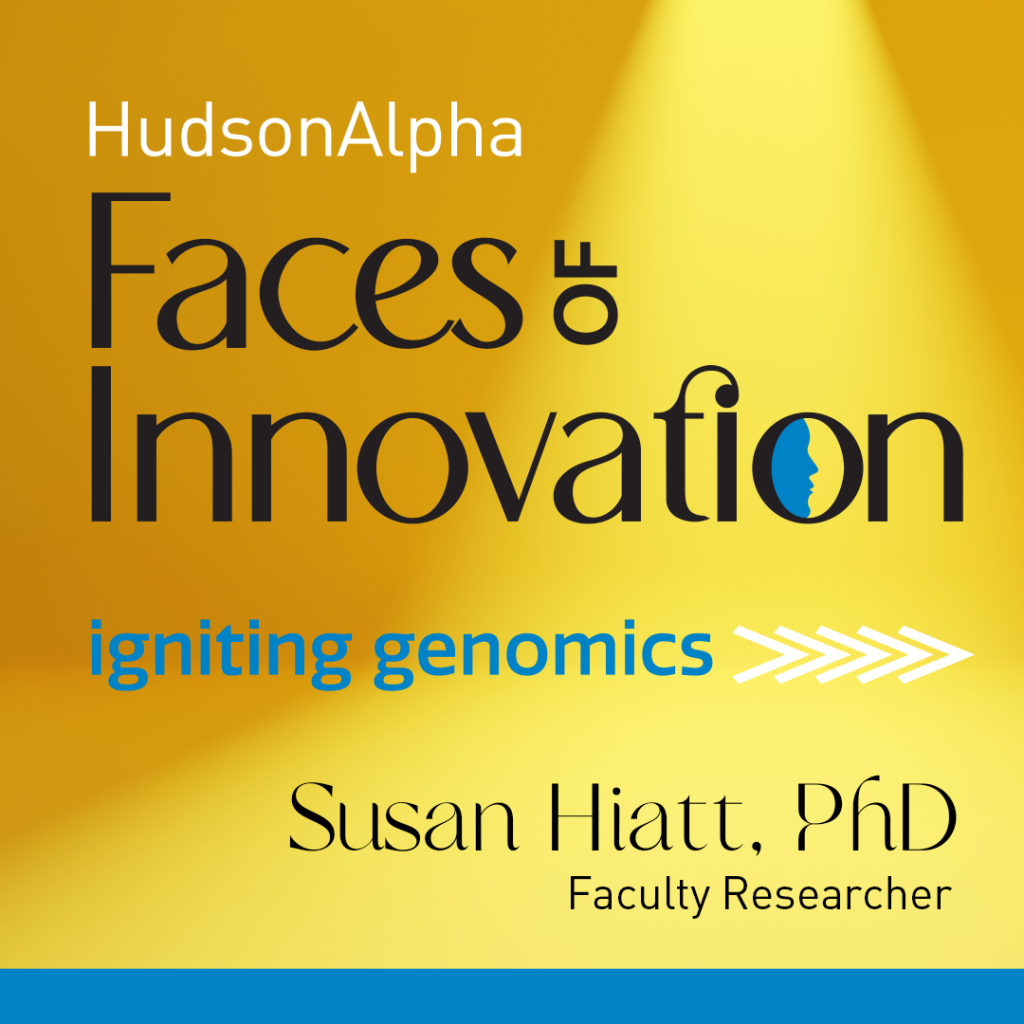When thinking of a college campus, one does not often imagine an ecologically rich forest that is home to hundreds of plant and animal species. But sitting at the heart of the University of Florida’s central campus is McCarty Woods, a 2.9-acre conservation area beloved by those on campus as well as the wider community and visitors to campus. The beautiful, species-diverse woodland is the last greenspace in the heart of campus, serving as a recreation area, research lab, and community outreach space.
Because of its prime real estate on campus, McCarty Woods has been threatened by developers over the years. Thanks to UF botanists Drs. Doug and Pam Soltis, Lucas Majure, and Matt Gitzendanner, along with other champions of the Woods, McCarty Woods were saved from destruction for the construction of a new building in 2021. Today, they continue to advocate for the protection and restoration of the Woods.
A new collaboration with the American Campus Tree Genomes (ACTG) project is further ensuring the protection of the Woods by incorporating the sequencing and analysis of the genomes of numerous McCarty Woods tree species into groundbreaking college classes.
A History of Learning from the Woods
McCarty Woods represent part of the southernmost extent of deciduous forest in eastern North America and are extremely botanically diverse. Several unusual and noteworthy native plant species are present in the understory of the woods, such as guinea-hen weed (Petiveria alliacea), satin curls (Clematis catesbyana), and Florida yam (Dioscorea floridana). There are also very large trees, including white ash (Fraxinus americana), massive sweetgum (Liquidambar styraciflua), and swamp chestnut oak (Quercus michauxii) – likely the largest such specimens on campus.
Over 30 species of birds, 71 species of butterflies, 100 native plant species, as well as diverse mammals, amphibians, and reptiles, call McCarty Woods home. Because of this wildlife diversity and its proximity to educational buildings on campus, McCarty Woods provides a perfect backdrop for teaching, research, and community outreach. Numerous courses across UF departments and colleges use the Woods for teaching. For example, in the spring semester of 2024, the Soltises and USDA Research Fellow Dr. Makenzie Mabry taught a course (Florida Plants and Climate Change) that uses computational modeling to identify the environmental features (for example, temperature and precipitation) that best characterize a species’s habitat and then predicts where those features will occur in the future under various scenarios of climate change. The plant species of McCarty Woods were selected as the focus. “It was a great teaching opportunity because the plants we were analyzing were literally a block away from our classroom, so we were able to take multiple ‘field trips’ to the Woods for the students to see the species they were studying,” Pam Soltis said. The Woods are also used in community outreach, including bird watching and by the Florida Native Plant Society. Since working with others to help save the Woods in 2021, Doug and Pam Soltis, Lucas Majure, and Matt Gitzendanner have worked tirelessly to protect and restore the Woods. They organize monthly restoration events for the community where volunteers remove invasive plants and plant native plants while learning basic botany. Ensuring that the Woods are used for as much research, education, and recreation as possible is a critical argument for maintaining their conservation area status. In early 2024, the group learned about ACTG from a colleague and knew it could be an impactful addition to the existing educational opportunities at McCarty Woods.
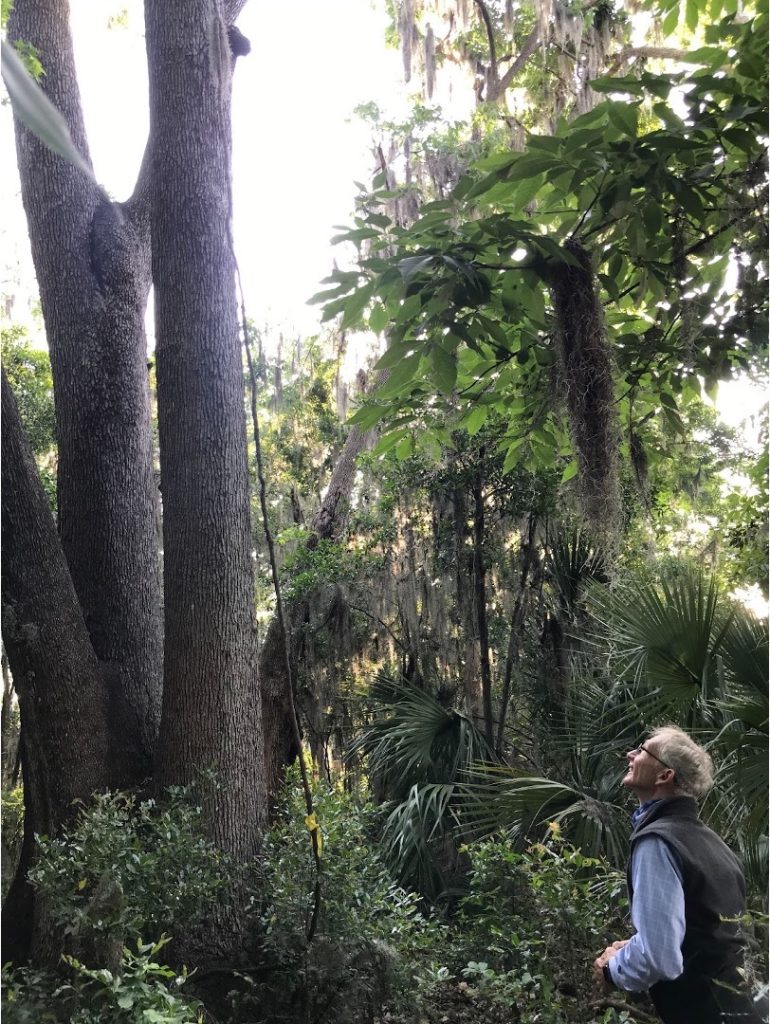
ACTG: A unique project immortalizing iconic trees across the US
The University of Florida is not the only college campus with iconic campus flora. The Century Tree has witnessed hundreds of Aggie student proposals, the hedges at the University of Georgia guard the Bulldog football team during every home game, and, of course, the Toomer’s Oaks have celebrated hundreds of Auburn University sports victories. It was the Toomer’s Oak trees that led to the beginning of the American Campus Tree Genomes (ACTG) initiative, a pioneering collaboration between the HudsonAlpha Institute for Biotechnology and campuses nationwide.
Years after the Toomer’s Oaks were tragically poisoned in the aftermath of a football rivalry gone wrong, two professors- Alex Harkess, PhD, Faculty Investigator at HudsonAlpha, and Les Goertzen, PhD, Director of the John D. Freeman Herbarium at Auburn University- were determined to memorialize the beloved campus landmarks. Their solution was a semester-long course that would allow students to sequence the DNA of the Toomer’s Oaks. The first class was a success, sparking the flame for the creation of ACTG. As word got out about the program, more schools began incorporating the class into their curricula.
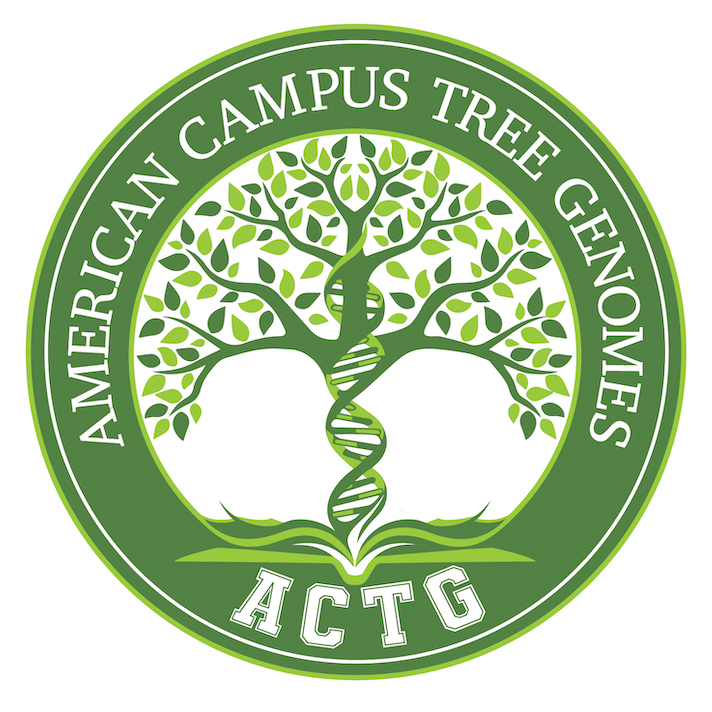
Participating universities and colleges begin by identifying the tree they want their class to sequence. They could be iconic trees that are deeply rooted in a university’s history and culture or economically or ecologically important trees for the state or region. Students are an integral part of the entire process, from collecting tissue samples from the trees to helping write peer-reviewed publications reporting their findings.
DNA from the trees is sequenced at the HudsonAlpha Genome Sequencing Center using the latest sequencing technologies to unravel the tree’s complete genome. Students, many of whom have never had hands-on experience with bioinformatics, use cutting-edge software and algorithms to assemble the genome, identify genes, and uncover the tree’s defining characteristics. It’s a hands-on, minds-on experience that goes far beyond textbook learning, empowering the next generation of genomics innovators.
"ACTG offers students a unique entry point into the world of genomic research. By immersing participants in real-world projects, we're shaping their trajectories toward successful careers in an ever-evolving field."
Alex Harkess, PhD
Beyond the technical training, the ACTG initiative also tackles broader challenges in STEM education. The program actively seeks out partnerships with underrepresented institutions, providing valuable opportunities for students who might otherwise lack access to advanced genomic tools and technologies.
It’s a revolutionary approach to learning, one that’s rewriting the rules of the classroom and empowering the next generation of scientists, researchers, and industry leaders. So when students walk past those iconic campus trees, they’ll see them not just as symbols of tradition but as gateways to cutting-edge student-led discovery.
The McCarty Woods Genomes Project
When Pam and Doug Soltis approached the ACTG team about a McCarty Woods Genome Project, Harkess, Goertzen, and ACTG Project Manager Austin Osmanski, PhD, were immediately interested.
“The Woods are already an important site for on-campus research and learning,” said Osmanski. “So why not take it one step further and sequence a few McCarty trees, thus immortalizing those individuals as the genome of reference which will guide future research and applications involving those species.”
The McCarty Woods Genome Project kicked off in 2024, and the first course will be offered in the spring of 2025. Over a few weeks, Doug Soltis and Shengchen Shan collected tissue samples from five ecologically important trees in McCarty Woods: Persea borbonia, Quercus michauxii, Carya glabra, Ostrya virginiana, and Liquidambar styraciflua. Some of the trees were so tall that they had to turn to creative means to collect leaf tissue (think fishing for leaves!). The tissue samples were sent to HudsonAlpha, where the ACTG team will extract DNA and RNA, sequence them at the HudsonAlpha Genome Sequencing Center, and return the results to UF so that students can begin learning from the trees.
Through our collaboration with HudsonAlpha and ACTG, hundreds of UF students will gain experience in genomics, bioinformatics, and plant biology over the course of several years. On top of that, they will have the opportunity to collaborate with other students and professionals within the ACTG initiative, all while playing a major part in protecting the woods. We’re also excited about offering research-based courses in both ecology and genomics and both focused on McCarty Woods.
Dough Soltis, PhD
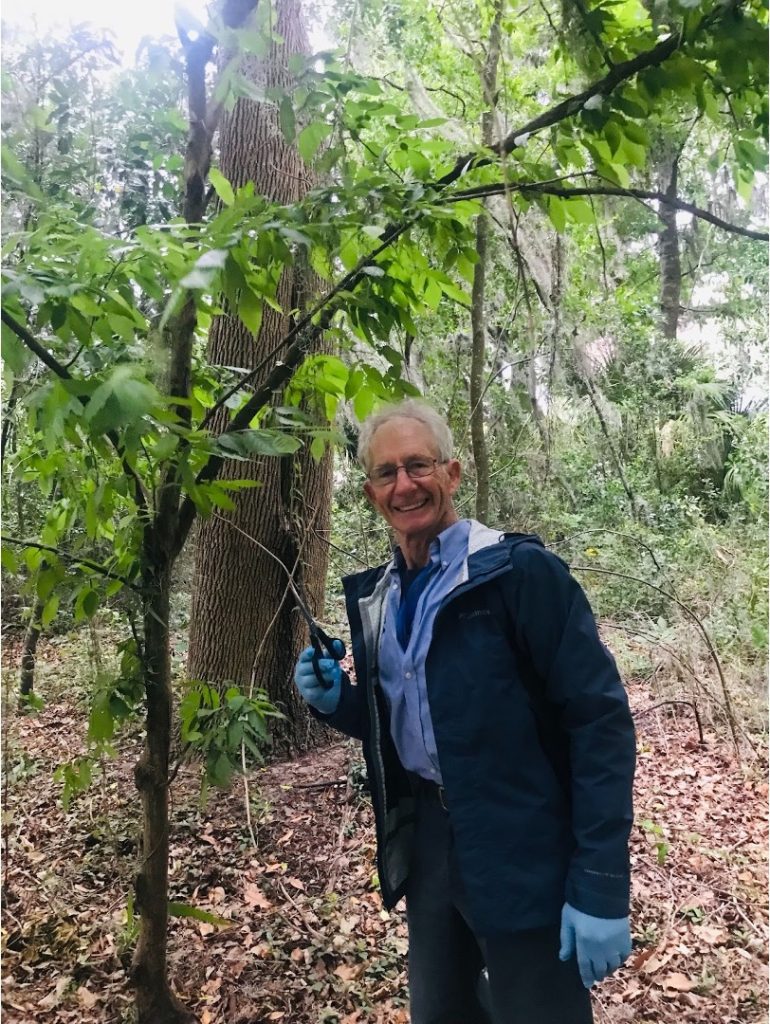
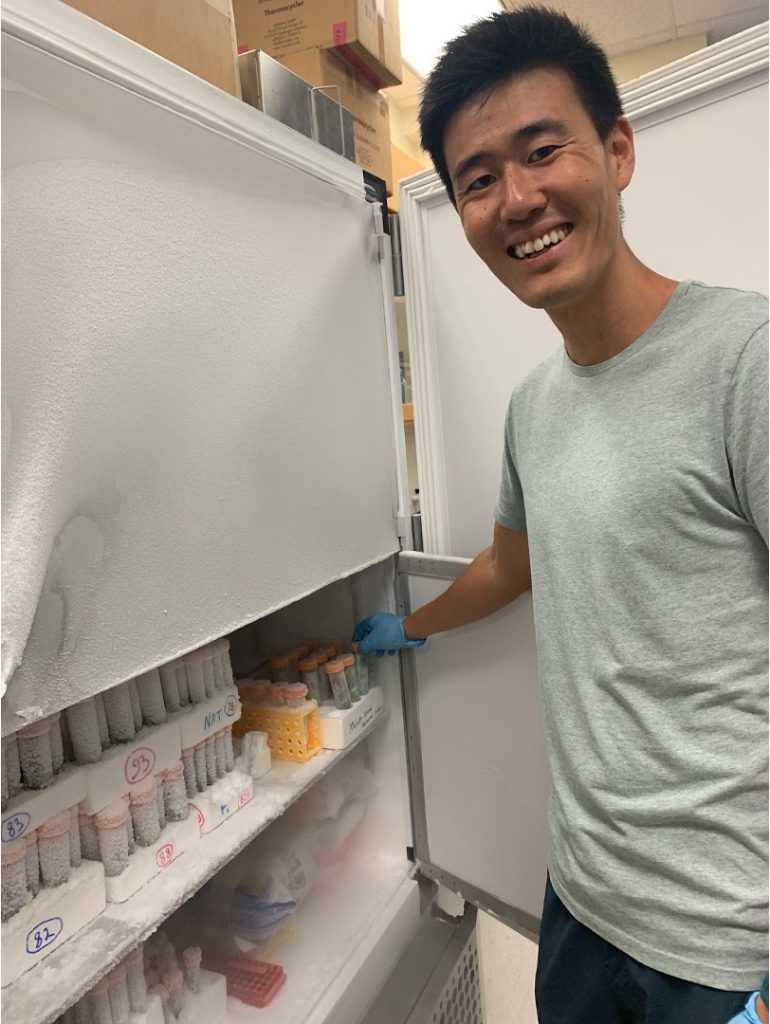
ACTG is made possible through the support of a recent $1,600,000 National Science Foundation CAREER grant to Harkess. Do you want to help fund additional campus tree projects and ensure students gain meaningful experience in genomics and bioinformatics? Reach out to the ACTG team at campustrees at hudsonalpha dot org.
Byline: Sarah Sharman, PhD

